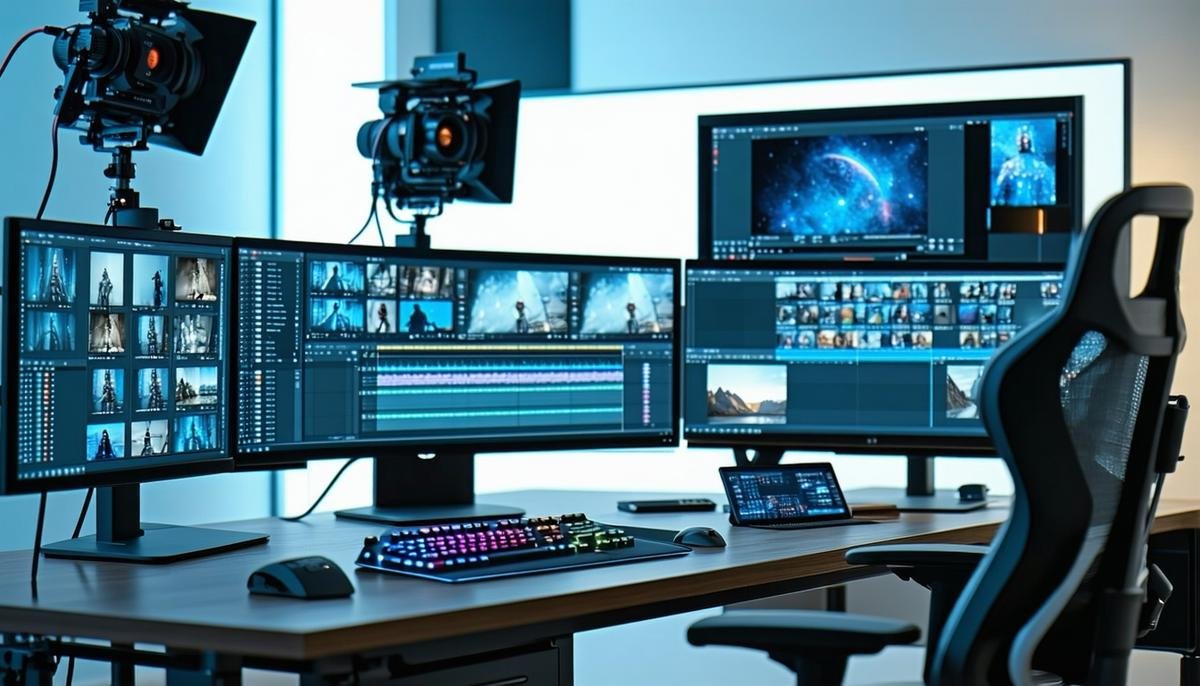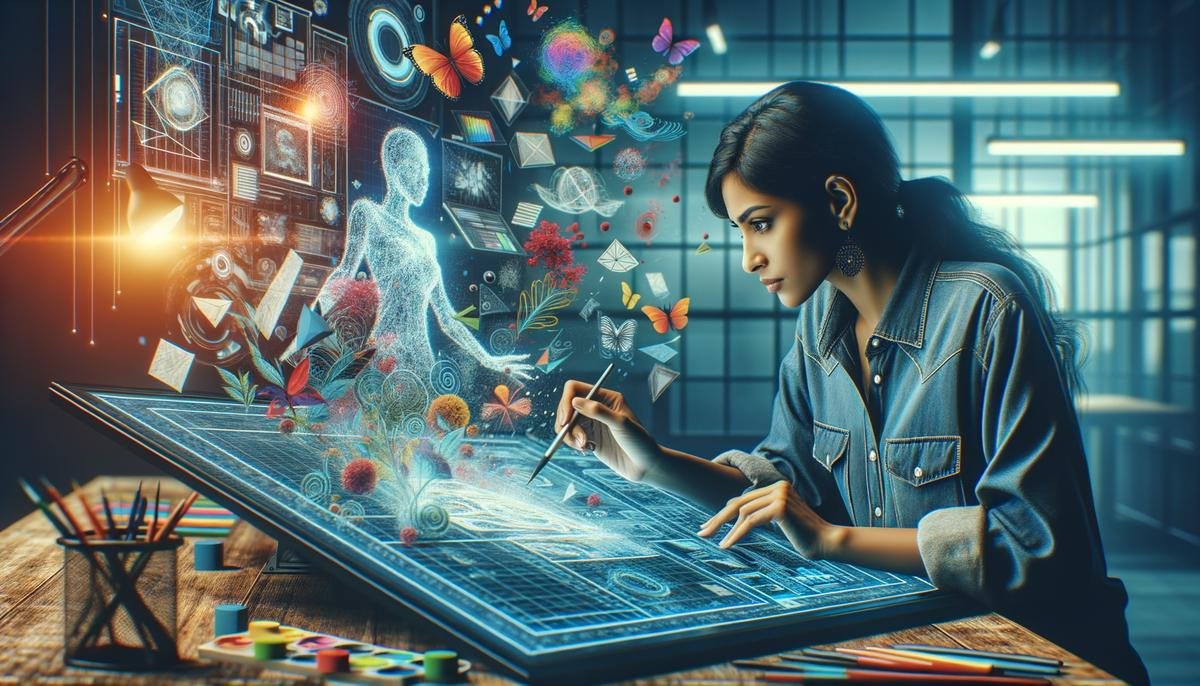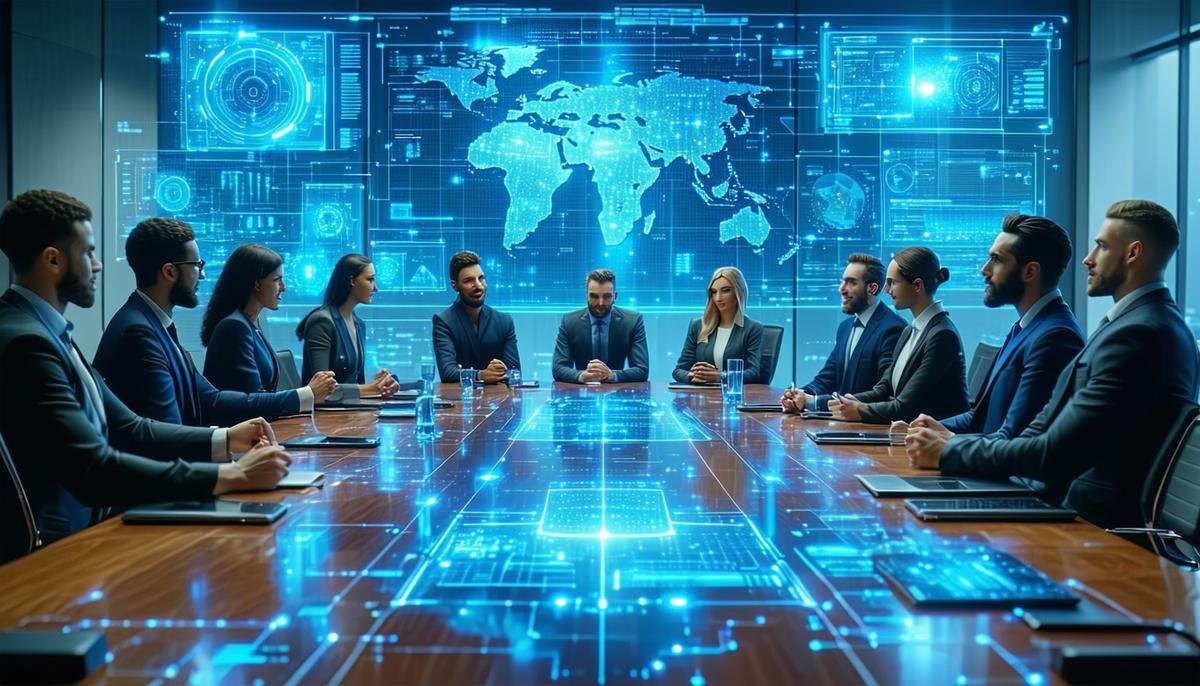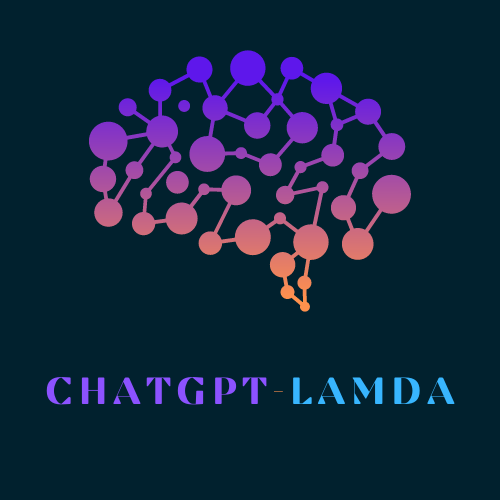AI in Video Production
AI is revolutionizing video production processes in numerous ways:
- Editing: AI can quickly create rough cuts, saving valuable time.
- Trailer Creation: IBM's Watson AI can produce a movie trailer in just 24 hours by selecting the best moments from raw footage.
- Visual Effects: Adobe's Sensei AI simplifies complex tasks like rotoscoping, automating the separation of objects from backgrounds.
- Color Correction: AI efficiently analyzes footage and adjusts hues for aesthetic balance.
- Object Recognition: AI's facial recognition capabilities can identify faces and objects in video with 90-95% accuracy, surpassing manual efforts.
- Content Transformation: AI tools can transform MP4s into animated GIFs, useful for social media content.
Overall, AI has become an efficient assistant in video production, handling routine tasks while allowing human creators to focus on creativity and innovation.

AI in Writing and Editorial Processes
AI is transforming the writing field in several key areas:
- Content Generation: AI-driven assistants like OpenAI's GPT-3 help produce various types of content, from technical papers to short stories.
- Journalism: AI tools like Heliograf and Lynx Insight analyze data and suggest story angles, giving human journalists a head start.
- SEO Optimization: Tools like MarketMuse examine content and suggest improvements for better search engine performance.
- Efficiency: AI handles repetitive tasks, allowing writers and editors to focus on creative storytelling.
In this evolving landscape, AI augments human capabilities rather than replacing jobs, adding a powerful tool to a writer's kit. The result is faster content creation with potential for higher quality output.
AI in Graphic Design
AI is making significant strides in graphic design:
- Image Transformation: Tools like DeepArt can reimagine photos as art pieces reminiscent of famous artists.
- Sketch to Image: NVIDIA's GauGAN transforms simple sketches into detailed images, making digital art accessible to those without traditional artistic skills.
- Facial Recognition: AI ventures into facial recognition for personalized experiences in museums and interactive displays.
- Augmented Reality: AI enhances interactive displays, offering unique visual experiences.
In graphic design, AI is becoming a collaborator that enhances rather than replaces designers' creativity. It allows them to explore new territories, creating experiences that are both visually stunning and engaging.

AI in Music Composition
AI is making its mark in music composition and production:
- Music Synthesis: OpenAI's Jukebox excels in music synthesis across various genres.
- Collaborative Composition: Google's Magenta acts as a collaborative muse, producing compositions that mix creativity with computational skill.
- Sound Design: AI is changing how music is produced, simulating different acoustic environments and assisting in precise audio editing.
- Personalized Playlists: Streaming platforms use AI to create tailored playlists for listeners, acting as a sophisticated DJ.
In music, AI isn't about replacing human creativity; it's about collaboration, where human emotion and machine precision complement each other to create innovative and engaging compositions.
Ethical and Legal Considerations
As AI creates content across various fields, several ethical and legal issues arise:
- Copyright Challenges: Some AI systems are trained on datasets containing copyrighted material, raising concerns about intellectual property rights.
- Bias: Training data with historical biases risks perpetuating them, highlighting the need for impartial AI systems.
- Accountability: Questions arise about responsibility when AI makes decisions beyond its intended purpose.
"If AI companies are allowed to market AI systems that are essentially black boxes, they could become the ultimate ends-justify-the-means devices," – Matthew Butterick, lawyer
These considerations underscore the need for guidance in AI development, requiring collaboration between tech experts and legal professionals to create a future where AI enhances creativity ethically and legally.

AI is becoming an integral part of creative processes, working alongside humans to enhance rather than replace their ingenuity. This collaboration is reshaping how we approach creativity, making it more accessible and innovative. As AI continues to evolve, it promises to open new frontiers in content creation across various fields, from video production to music composition.
-
1. OpenAI. GPT-3: Language Models are Few-Shot Learners. arXiv. 2020.
2. Brown TB, Mann B, Ryder N, et al. Language Models are Few-Shot Learners. Advances in Neural Information Processing Systems. 2020;33:1877-1901.
3. Butterick M. GitHub Copilot Investigation. 2022.
4. Authors Guild. Open Letter to AI Companies. 2023.
5. The New York Times Company v. Microsoft Corporation and OpenAI, Inc. United States District Court Southern District of New York. 2023.



